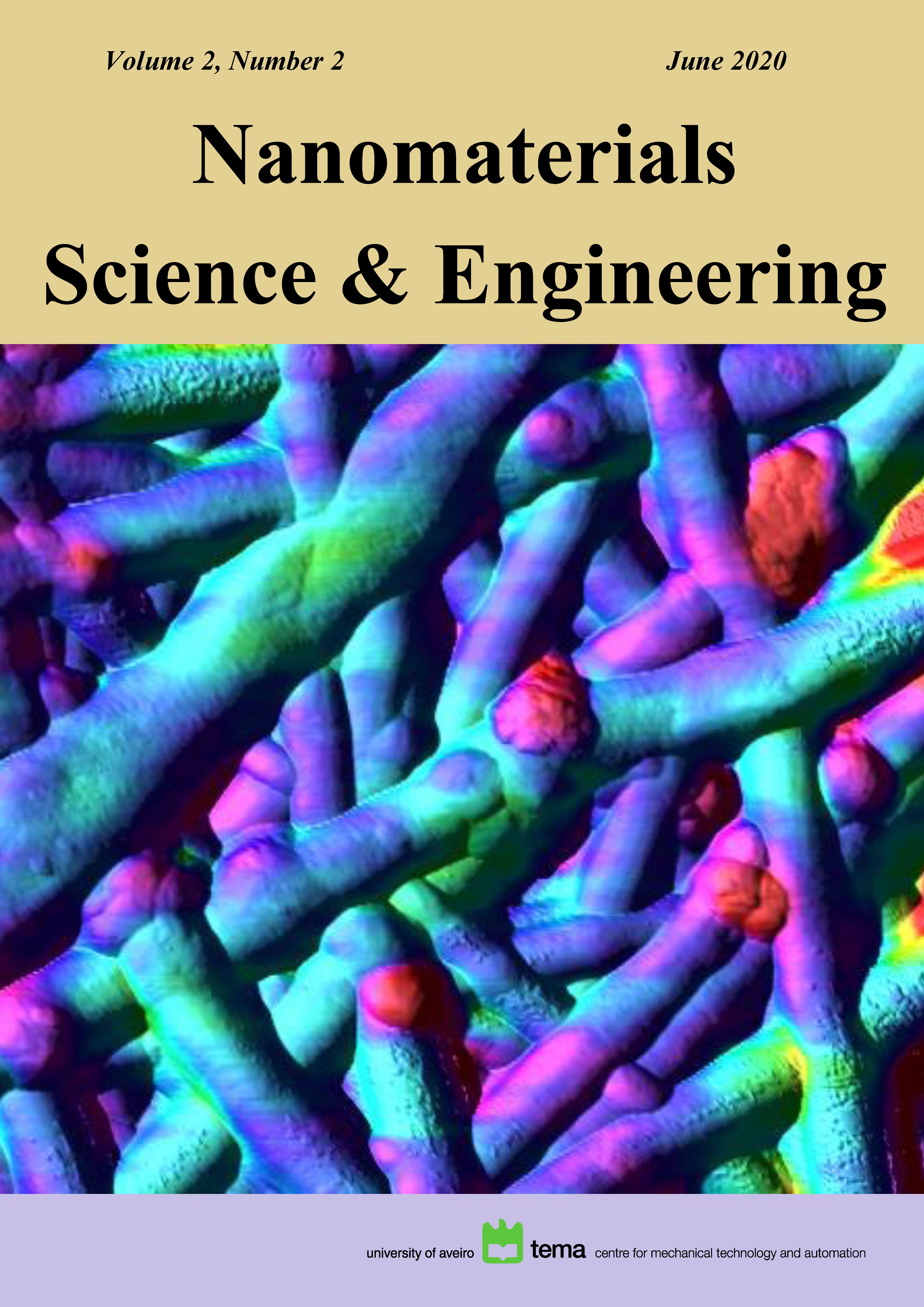Crystal structure and magnetic properties of (1-x)BiFeO3 - xBaTiO3 ceramics across the phase boundary
Abstract
The crystal structure and magnetic properties of lead-free ceramics (1-x)BiFeO3 - xBaTiO3 (x < 0.40) prepared by solid state reaction method were studied depending on the chemical composition and temperature. An increase in the concentration of barium and titanium ions leads to the structural transition from the polar rhombohedral structure to the cubic structure through the phase coexistence region characterized by a formation of pseudocubic phase. The isothermal magnetization measurements indicate nearly linear field dependences of magnetization in the temperature range 5 - 300 K which corresponds to a dominance of antiferromagnetic structure in the compounds with x < 0.3. Negligible value of remnant magnetization observed for the compounds having dominant rhombohedral structure diminishes in the compounds with (pseudo) cubic structure. The correlation between the type of structural distortion and magnetic structure is discussed based on the neutron and X-ray diffraction data as well as the magnetization measurements.
Copyright (c) 2020 Nanomaterials Science & Engineering

This work is licensed under a Creative Commons Attribution-NonCommercial 4.0 International License.
Copyright Information
Authors who publish in the Nanomaterials Science & Engineering agree to the following terms:
- Authors retain copyright and grant the journal right of first publication with the work simultaneously licensed under a Creative Commons Attribution License that allows others to share the work with an acknowledgement of the work's authorship and initial publication in this journal.
- Authors are able to enter into separate, additional contractual arrangements for the non-exclusive distribution of the journal's published version of the work (e.g., post it to an institutional repository or publish it in a book), with an acknowledgement of its initial publication in this journal.
- Authors are permitted and encouraged to post their work online (e.g., in institutional repositories or on their website) after publication, as it can lead to productive exchanges, as well as earlier and greater citation of published work.
Copyrights to illustrations published in the journal remain with their current copyright holders.
It is the author's responsibility to obtain permission to quote from copyright sources.
Any fees required to obtain illustrations or to secure copyright permissions are the responsibility of authors.





